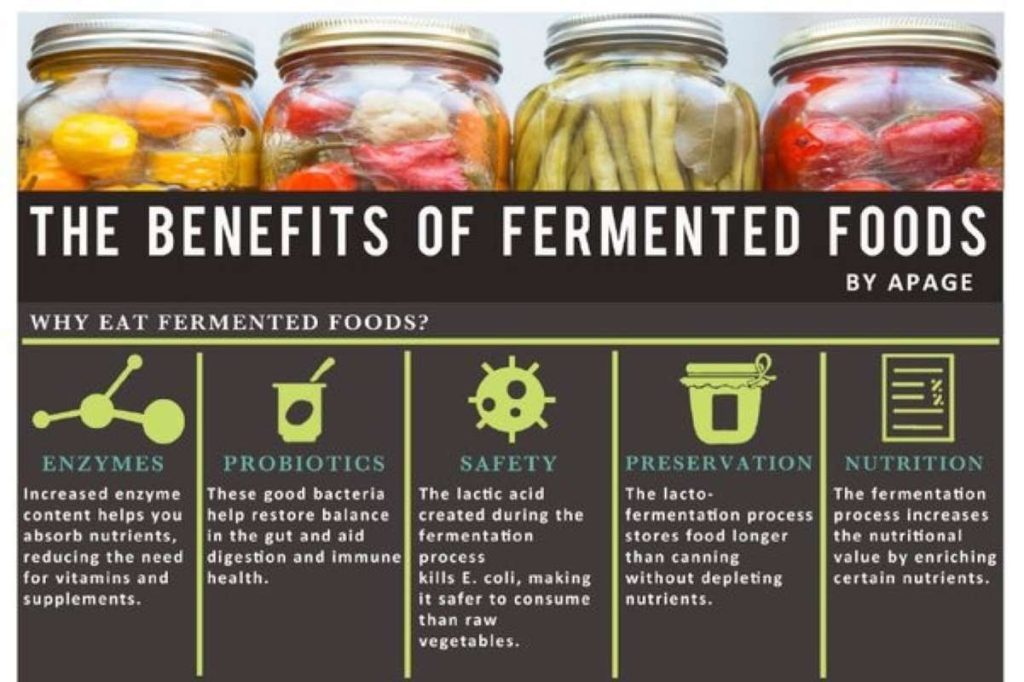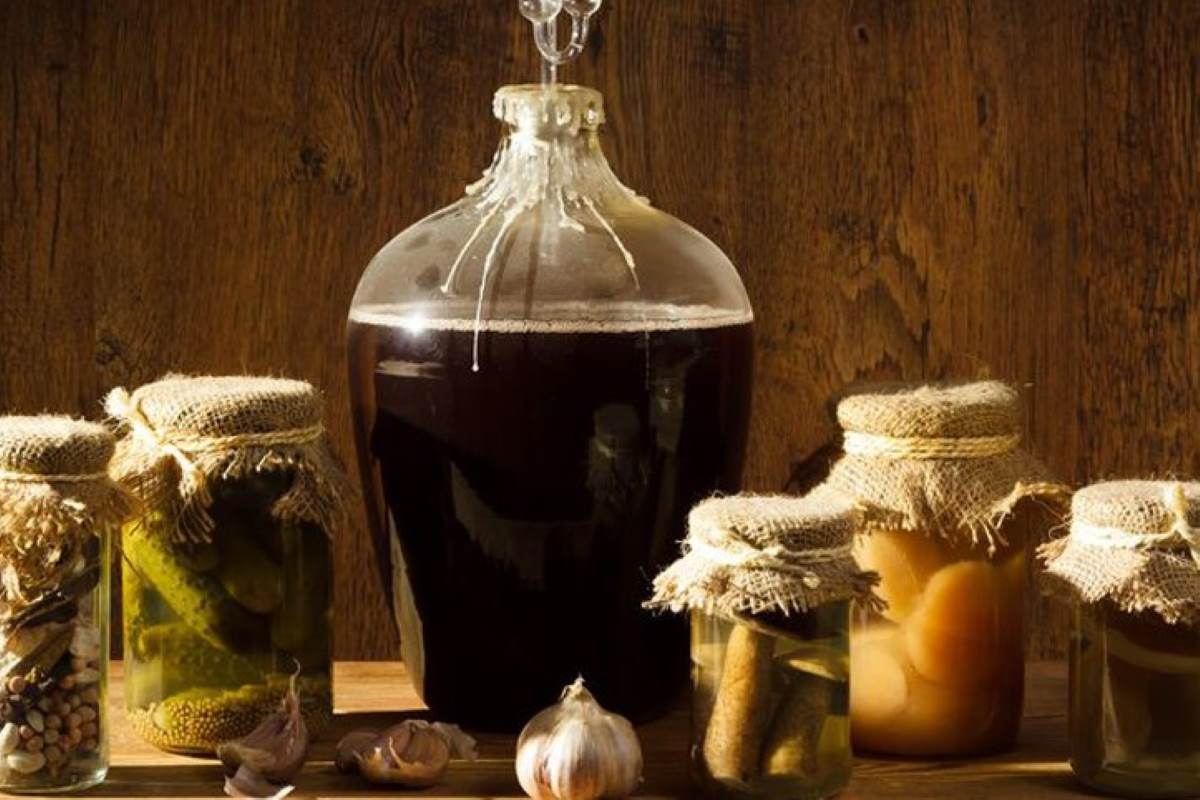It is impossible to downplay the fermented food cultural significance. Name that culture in any corner of the world that does not have at least one fermented food that has been passed down across generations. In Korea, there’s kimchi, injera in Ethiopia, sauerkraut in Germany, Garri in Nigeria, and wines and beers from different parts of the world.
In ancient times, before the advent of refrigeration, the role of fermentation in cultural cuisines was largely for preservation. It was a method of protecting food surpluses from irreparable loss and damage. However, ancient civilizations started realizing that fermented foods were amenable to the palate. Before long, these foods underwent refinements and became culinary heritages. This piece will help you understand the interplay between fermentation, food and culture.
The Ancient Origins of Fermentation
Some traditional fermented dishes are as ancient as the Roman Empire or the Egyptian Sphinx. Indeed, evidence from archeological excavations reinforces this claim. For example, traces of Garum, an ancient fish sauce, have been found in archeological sites near the Black Sea and Ashkelon in Israel. Similarly, excavations in the Nile Delta revealed that Egyptians were brewing beer as far back as the 1st century BCE. These two ancient discoveries provide a snapshot of the fermented food cultural significance.

Global fermentation history reveals that the ancients did not intentionally invent these peculiar traditional preservation methods. Some fermented food examples came about by chance and accidental discovery. For example, when early humans stored surplus food, such as milk, fruits, and grains, for long periods, they stumbled upon natural processes that altered the taste, texture, or extended the shelf life of the food. This marked the commencement of a fermented food culture.
The discovery of fermented foods probably started with an observation of desirable changes in food during storage. Next, some of the ancients who were inquisitive enough tried replicating the natural food transformations. The fermented recipes we have today are a testament to the success of their trans-generational efforts.
ALSO READ: How Climate Change Is Quietly Reducing the Nutritional Value of Our Food
Cultural Identity Through Fermented Foods
You will find that fermented food cultures vary by geographical location. This is because the common fermented foods are dependent on the prevalent staples in a locale. For example, grains used in the fermentation of ancient beer are often those locally cultivated and readily available. Indeed, the origins of global fermentation recipes can give us a glimpse of crops that were in surplus during those eras.
For example, soybean was extensively cultivated in ancient China, birthing miso; surplus rice in India became dosa batter; and storing surplus milk in animal skins led to the discovery of yogurt in the Middle East.

Fermented food cultural significance is sometimes tied to seasonal cycles, when ingredients are in excess. Some fermented foods are tied to cultural food rituals, and in some cases, these traditional practices have been passed down through generations. Mention Sake wine, for example, and it would be easy to link this fermented product to Japanese hospitality.
Health Benefits of Fermented Foods
The first obvious benefit of fermentation was its ability to stabilize and preserve surplus food. Before long, people began to notice that fermentation was not just one of the formidable traditional preservation methods, but had many other benefits. One such benefit is the identification of probiotic foods with fermentation and gut health. For the uninitiated, probiotic foods contain live and beneficial microorganisms which can be taken as dietary supplements or for therapeutic purposes.
So, besides fermented food cultural significance, ancient people started consuming probiotics to aid digestion. In some cases, some fermented foods were even prescribed as medication.

Beyond the guesswork of ancient times about the health benefits of fermented foods, modern studies are revealing untapped benefits of these dishes. For example, multidisciplinary studies have identified several interplays between the microbiome and fermentation. Thanks to microbiome science, a clear understanding of the relationships between gut microbiome, mental health, and fermented foods is starting to unravel.
The Nature journal has several publications explaining the science of fermentation.
ALSO READ: Food News & Business Starbucks Shutters Pick‑Up‑Only Stores in $500M Brand Shake-Up
Why Fermentation Endures in the Modern Age
A quiet revival of artisanal foods and DIY fermentation hacks is on the rise. So, it is little surprise that health-conscious foodies are typing search queries like “Making Your Own Kombucha at Home.” Modern movements singing the praises of fermented foods are often inspired by a combination of factors. There’s the gut health advantage, and the fact that some of these dishes foster food security and sustainability. Your vegetables are better off in a pickle jar than at a dumpsite, if you get what we mean.

Also, the chief concern of some folks is the fermented food cultural significance. You know, how the cultural food rituals of some fermented product remind people of their ancestral heritage. All these factors explain why food businesses that specialize in fermented products are seeing an uptick in patronage.
Again, a little research about the origin of a fermented food will reveal a lot about the local culture. Most historic fermented foods emerged at the intersection of survival, science and culture. However, though the science that gave birth to most fermented foods was rudimentary, we today find global wellness trends paying homage to these delicacies.
In every bubbling jar of kimchi or aging cheese, a piece of human history is alive and thriving.











